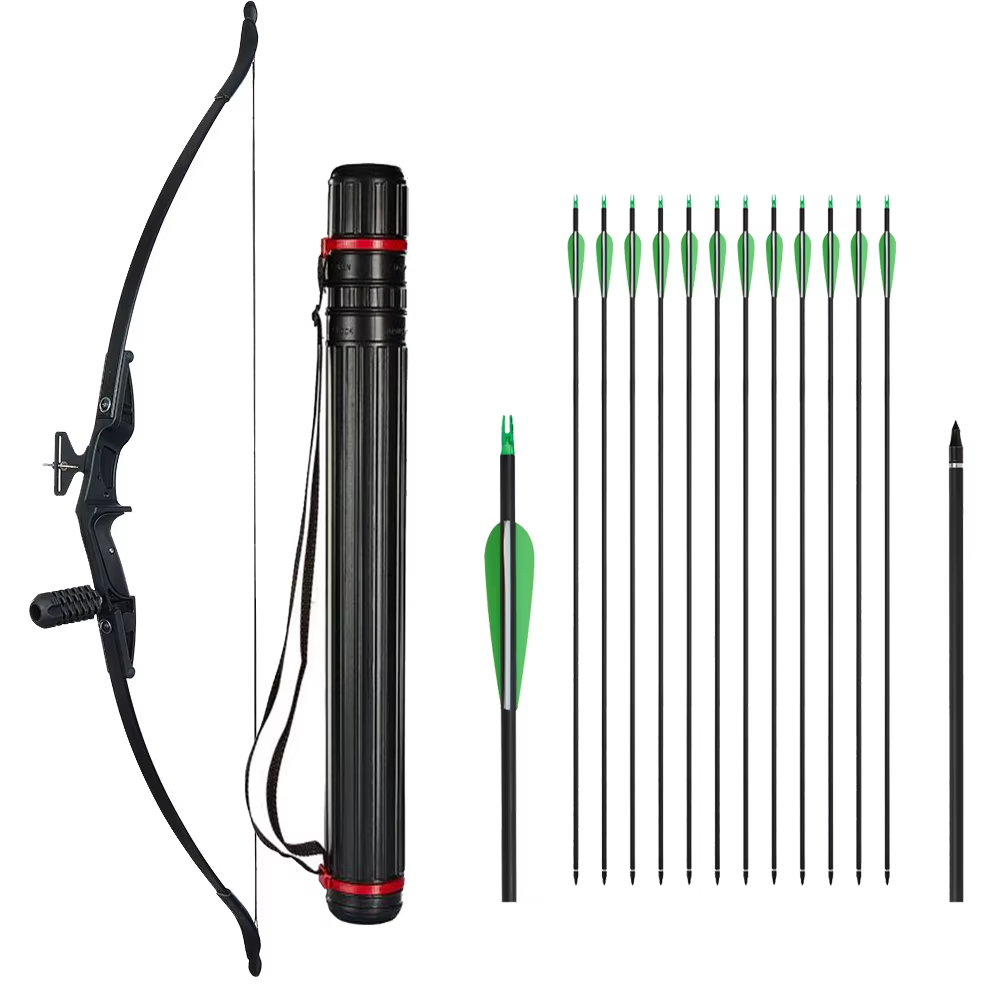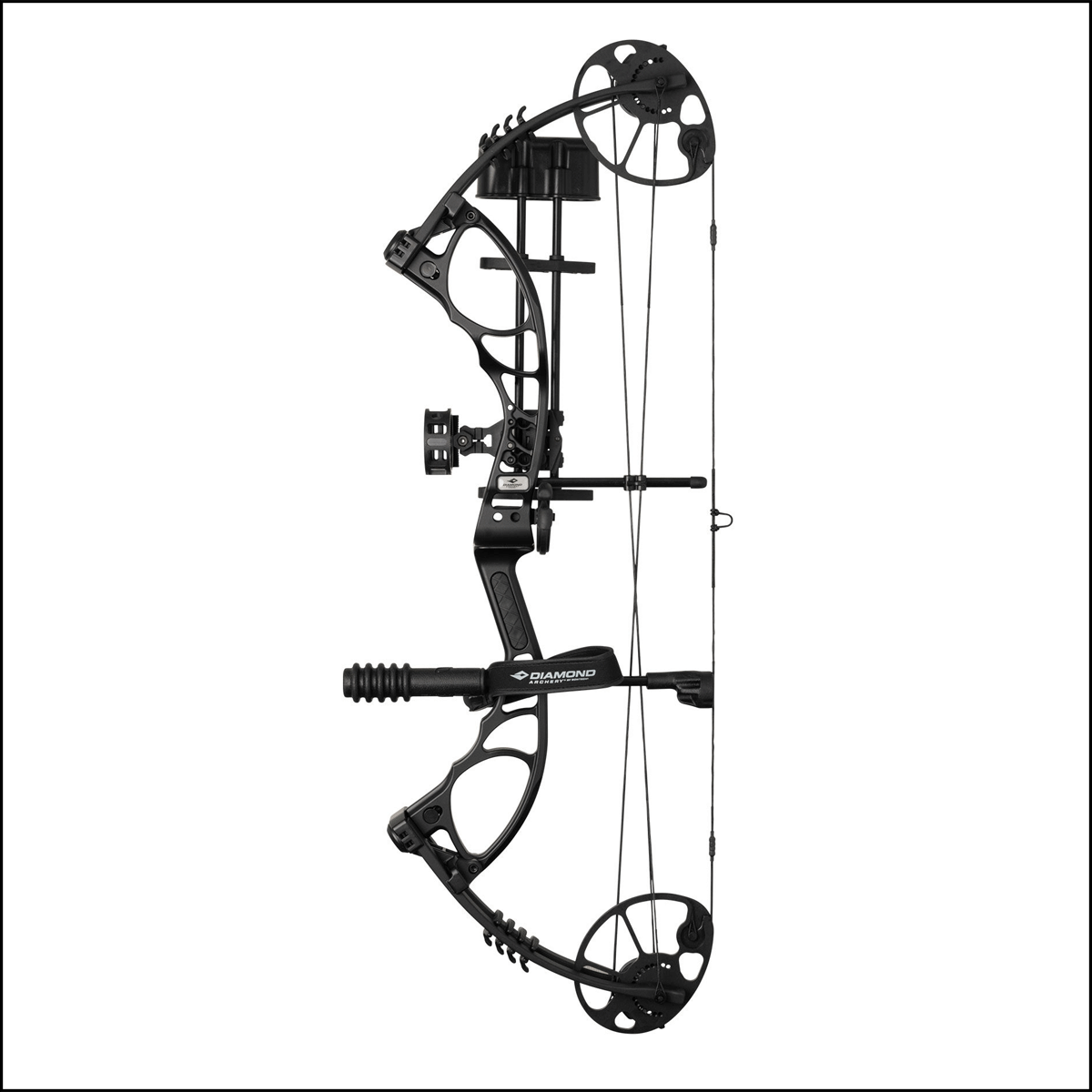Release Your Full Possible with the current Bow Stabilizer Innovations
Release Your Full Possible with the current Bow Stabilizer Innovations
Blog Article
Boost Your Archery Performance: The Ultimate Guide to Bow Stabilizer Arrangement
Enhancing your archery efficiency requires a thorough strategy to every aspect of your tools configuration. Among the different parts that contribute to precision and stability, the bow stabilizer plays a crucial duty in fine-tuning your shot implementation. Recognizing how to enhance your bow stabilizer arrangement can cause considerable enhancements in your total accuracy and consistency on the array or in the area. As we explore the intricacies of picking the appropriate stabilizer weight, positioning, and tweak strategies, you will certainly reveal the secret to unlocking your full capacity as an archer.
Recognizing Bow Stabilizers
In the realm of archery equipment, the function and function of bow stabilizers stand as essential elements for enhancing shooting accuracy and security. Bow stabilizers are created to decrease bow torque, decrease resonances, and aid in holding the bow constant throughout the aiming and release procedure. By connecting a bow stabilizer to the riser of the bow, archers can experience better equilibrium and lowered hand shock, resulting in even more exact and regular shots.
The key objective of a bow stabilizer is to wet any resonances that occur upon launching the arrow. This reduction in vibration not only improves the shooter's comfort yet additionally assists maintain emphasis and control throughout the shot cycle. Furthermore, bow stabilizers aid in counteracting the weight of accessories affixed to the bow, such as sights, quivers, and arrow rests, making certain optimum weight distribution for improved stability.
Understanding the auto mechanics and benefits of bow stabilizers is critical for archers seeking to adjust their shooting efficiency and achieve greater precision on the variety or in the area.

Choosing the Right Stabilizer Weight
Choosing the ideal weight for your bow stabilizer is an essential aspect of optimizing your archery configuration for boosted capturing performance. The stabilizer weight straight influences exactly how successfully the stabilizer reduces vibration and supports your bow throughout the shot. When picking the right stabilizer weight, it's necessary to consider your capturing design, bow equilibrium, and individual preferences.
Lighter stabilizers, commonly evaluating in between 3-6 ounces, are preferred by archers that focus on maneuverability and quick target procurement. These stabilizers are optimal for seekers or those that fire in challenging surfaces where mobility is essential. On the various other hand, larger stabilizers, varying from 8-12 ounces or even more, are favored by target archers looking for optimum security and decreased bow activity. The included weight helps hold the bow steadier during the aiming process and lessens the impacts of torque on the bow.
Ultimately, the very best stabilizer weight for you will certainly depend upon your shooting objectives and choices. Exploring with different weights and discovering the one that supplies the optimal balance of security and maneuverability is crucial to boosting your archery performance.
Putting Up Your Bow Stabilizer
To effectively install your bow stabilizer, ensure that you have all the needed tools and adhere to these detailed directions for a protected and efficient setup. Beginning by determining the front stabilizer bushing on your bow riser. The majority of bows have pre-threaded openings for stabilizer installation. Next, use a tiny amount of bowstring wax to the strings of the stabilizer bolt to stop it from loosening up during usage.
Carefully string the stabilizer right into the front bushing by hand, making certain not to cross-thread it (bow stabilizer). When the stabilizer is comfortably in position, use an appropriate wrench to tighten it safely. Avoid over-tightening, as this can trigger damage to the bow or stabilizer
After setting up the stabilizer, check to ensure it is straight and aligned with the bow. Some stabilizers come with flexible weights or dampeners; readjust these according to your choices and shooting style. Last but not least, test the acquiesce make certain the stabilizer is efficiently reducing vibration and enhancing your shot uniformity.
Adjusting Stabilizer Position for Precision
After setting up the bow stabilizer safely, optimizing its position is important for improving accuracy in your capturing. The setting of the stabilizer can significantly affect the equilibrium and security of your bow during the shot cycle. To change the stabilizer for optimum accuracy, start by trying out various settings. Moving the stabilizer closer to the riser can help in reducing the bow's total weight circulation, potentially boosting your aiming security. Conversely, extending the stabilizer better out can enhance the bow's mercy and reduce the effects of torque on the shot.
When readjusting the stabilizer setting, take into consideration the type of capturing you do. For target archery, a longer stabilizer positioned better out could be useful for added stability throughout the intending process - bow stabilizer.
Fine-Tuning Your Stabilizer Arrangement

Additionally, take into consideration the positioning of any kind of dampeners or weights along the stabilizer rod. Moving these parts closer to or additionally from the riser can change the stabilizer's overall effect on your bow's balance. Fine-tuning these information can assist reduce resonance, minimize hand shock, and enhance total control throughout the shot execution.
On a regular basis reassess your stabilizer arrangement as your capturing technique develops to guarantee it continues to complement your kind and shooting goals. By finetuning your stabilizer configuration with precision and treatment, you can maximize your bow's performance and elevate your archery abilities to brand-new heights.
Conclusion
Finally, optimizing your bow stabilizer arrangement is important for improving your archery performance. By understanding the purpose of stabilizers, picking the proper weight, appropriately positioning the stabilizer and setting up, and tweak its arrangement, you can enhance your accuracy and consistency in capturing. Make the effort to try out different configurations and changes to find the configuration that works finest for you and assists you attain your archery objectives.
Bow stabilizers are created to minimize bow torque, reduce vibrations, and assist in holding the bow stable during the aiming and launch procedure. By affixing a bow stabilizer to the riser of the bow, archers can experience improved equilibrium and lowered hand shock, resulting in even more useful reference specific and constant shots.

The stabilizer weight directly affects how effectively the stabilizer lowers resonance and supports your bow during the shot. bow stabilizer. By recognizing the function of stabilizers, choosing the suitable weight, properly placing the stabilizer and setting up, and adjust its arrangement, you can improve your accuracy and consistency in shooting
Report this page